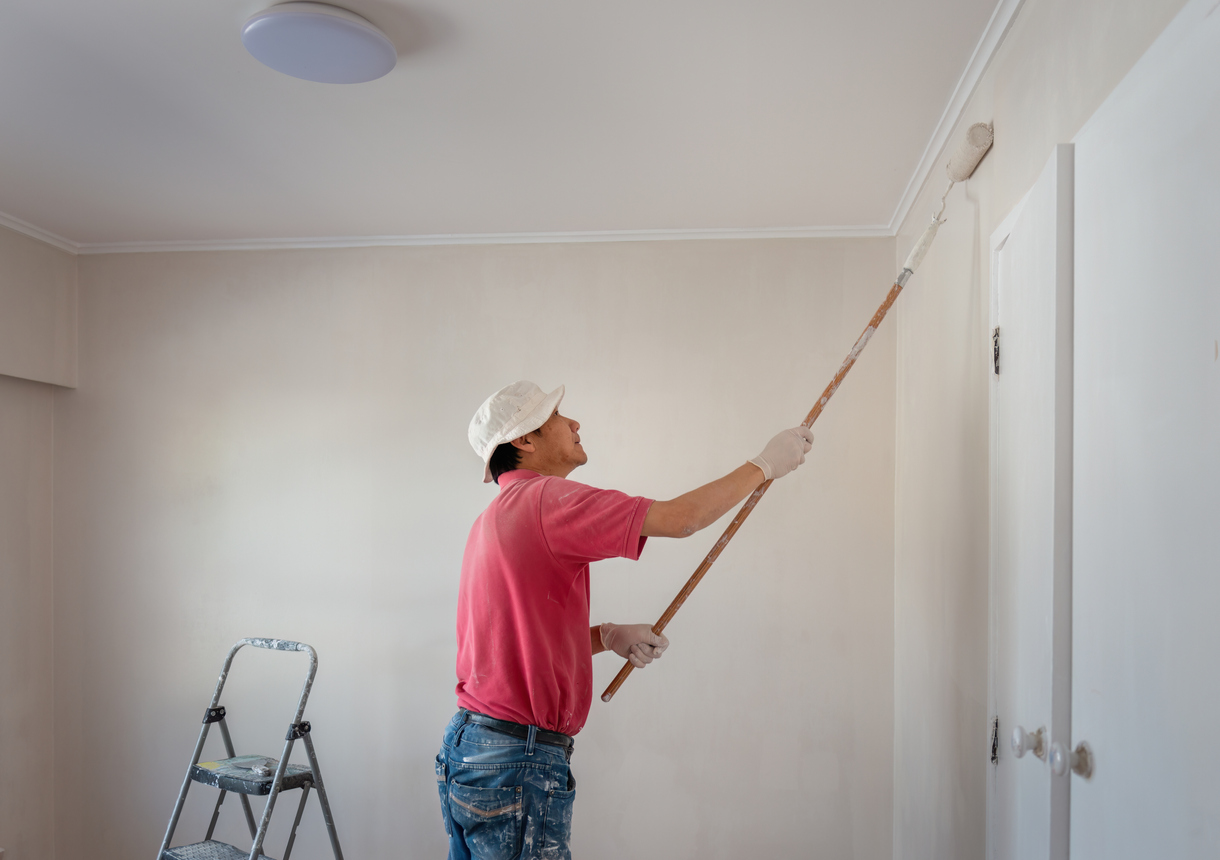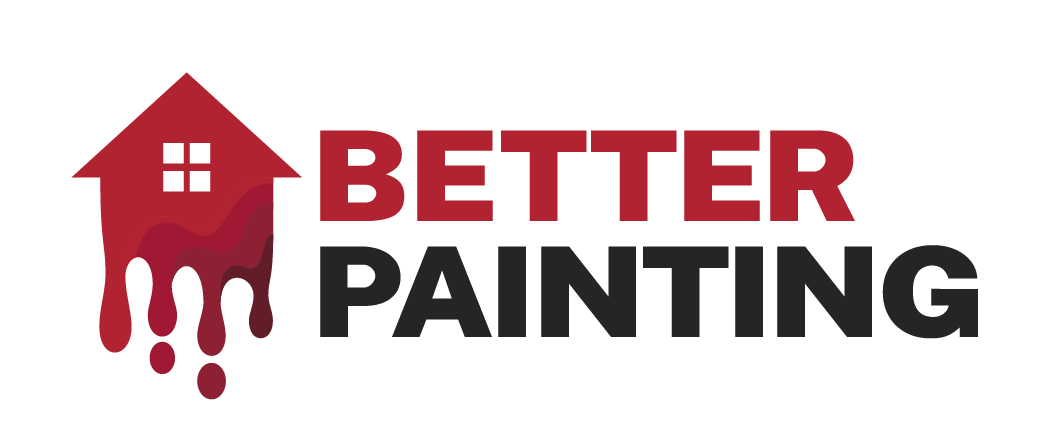How to Fix Peeling Paint: Your Foolproof Guide

A well-executed interior house painting project can truly transform a space. But what happens when that smooth finish starts to peel? Understanding how to fix peeling paint is key to maintaining the beauty and integrity of your home’s interior.
Peeling paint can be a source of frustration, but addressing it is an opportunity to not only restore your walls but also to extend the life and quality of your paint job.
By reading this blog post, you’ll not only learn the practical steps to effectively tackle this issue, but you’ll also gain insights into the reasons behind paint deterioration. After reading this blog post, you’ll know how to prevent future peeling, ensuring your walls stay vibrant and flawless for years to come.
Let’s dive in and turn those peeling patches into a thing of the past!
How to Fix Peeling Paint
Why Does Paint Peel?
Peeling paint is more than just an eyesore. It’s a sign that your walls need attention. Several factors can lead to this problem:
- Moisture: Moisture is the primary reason for paint peeling, particularly in high-humidity rooms like bathrooms and kitchens. Excessive dampness can undermine the paint’s adhesion.
- Poor Adhesion: Poor adhesion often occurs when paint is applied over a dirty, unprimed surface. Proper cleaning and priming are essential for paint to stick effectively.
- Poor Quality Paint: The durability of your paint job heavily relies on the quality of the paint used. Low-grade paints tend to be less resilient and peel sooner.
- Wrong Type of Paint: Using the incorrect type of paint, such as applying exterior paint for interior projects, can lead to peeling. Each paint type is formulated for specific conditions.
Inspecting Your Walls
Begin your wall inspection by closely examining areas where paint is peeling. Pay attention to any signs of moisture, such as damp patches, or physical damage like cracks or dents. Look for mold or mildew, which are indicators of persistent moisture issues.
This careful inspection is critical not only for addressing the immediate problem of peeling paint but also for identifying underlying issues that could cause further damage if left unattended.
Gathering Materials
You’ll need:
- Putty knife or paint scraper
- Sandpaper
- Primer
- Paint
- Brushes or rollers
Prepping the Area
Investing time in prepping the area minimizes potential mess and hazards, making the actual painting task more efficient and effective. Good preparation not only ensures a cleaner workspace but also contributes significantly to the quality of the final paint job.
First, ensure the room is well-ventilated. Open windows or use fans to circulate fresh air, reducing the inhalation of dust and fumes.
Start by clearing the room of furniture and covering large items with plastic sheets to protect them. Remove any wall hangings, outlet covers, and switch plates.
Lay down drop cloths over the floor and any remaining items to shield them from dust and paint splatters. Secure the cloths with painter’s tape to prevent slippage.
Fixing Peeling Paint
Step 1: Scraping Off
Carefully scrape off the peeling paint using a putty knife or paint scraper. Be meticulous in removing loose paint while being gentle to avoid wall damage.
Step 2: Sanding
After scraping, sand the edges where the paint has peeled to create a smooth surface. This step ensures better adhesion for the new paint application.
Step 3: Cleaning
Once sanding is complete, clean the area thoroughly. Use a damp cloth to wipe away any dust and debris, ensuring a clean surface for priming.
Step 4: Priming
Apply a high-quality primer to the prepared surface. This crucial step enhances paint adhesion and provides a protective layer to prevent future peeling.
Step 5: Painting
When the primer is completely dry, apply your selected high-quality paint. Choose a paint that offers durability and longevity for the best long-term results.
Regular Checks
Regularly inspecting your walls is key to early detection of potential problems. Routine checks allow for quick interventions, ensuring your walls remain in top condition.
Pay special attention to areas prone to moisture, such as bathrooms and kitchens. Look for any signs of paint cracking, peeling, or discoloration. Timely identification of these issues can prevent more extensive damage and maintain the integrity of your paintwork.
Quality Products
Investing in high-quality paint and primer is crucial if you want long lasting results. These products offer better coverage, longer life, and more resistance to common issues like peeling and fading.
While they may cost more upfront, their durability and superior finish make them more cost-effective in the long term. High-quality paints also often come with better pigmentation and ingredients that contribute to a healthier indoor environment.
Professional Help
If you’re facing persistent issues with peeling paint, seeking professional help may be your best option. Experienced painters can provide expert advice and tailored solutions specific to your home’s conditions.
They have the skills, tools, and knowledge to effectively diagnose and solve complex issues. A professional can ensure that the job is done right the first time, saving you time and money in the long run.
Conclusion
Dealing with peeling paint can indeed be a frustrating experience, but it’s a solvable issue with the right approach and techniques. The key is to understand that while peeling paint might seem like a mere aesthetic concern, it often indicates deeper issues that need addressing, such as moisture problems or the use of subpar materials.
By following the step-by-step guide provided, you can effectively tackle this issue, restoring your walls to their original beauty and luster. This not only enhances the look of your space but also helps in preserving the overall health and longevity of your walls.
If you find the task overwhelming or if the peeling is extensive, remember that professional assistance is just a phone call away, especially for residents in the St. Louis metro area.
Better Painting, a professional painting company known for its expertise in both interior and exterior painting, can offer you the high-quality service you need. Our team of experts is equipped to handle any painting challenge, ensuring a durable and visually appealing finish.
Don’t hesitate to reach out to us at for a free consultation.


